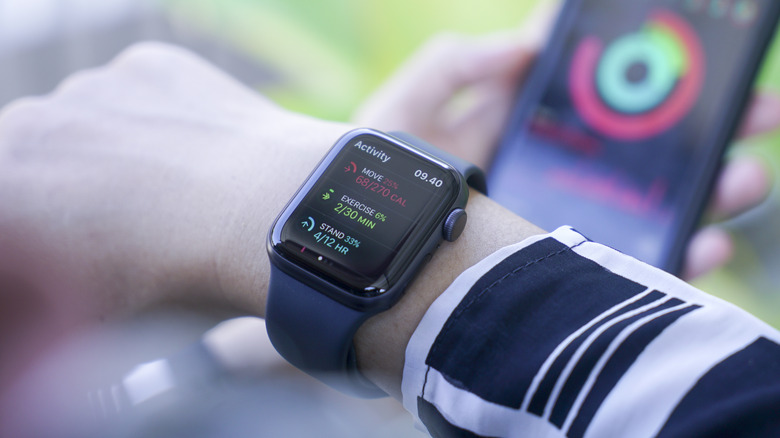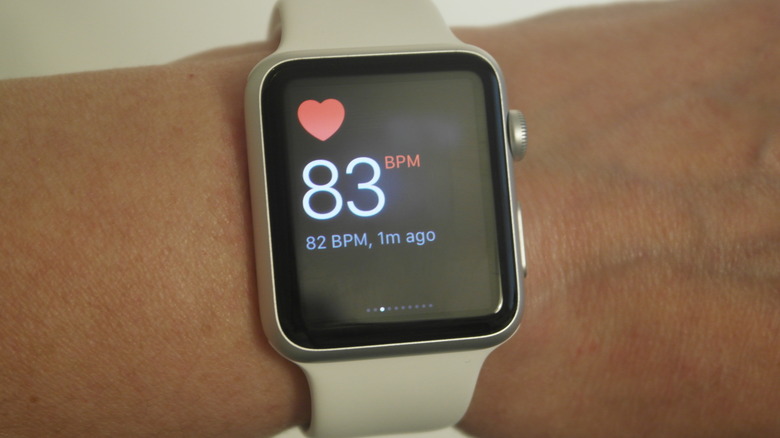It Looks Like Apple Watch Is About To Get A Big Upgrade Using Motion Tracking Tech
Apple is apparently planning to add a new kind of sensor to the Apple Watch that will measure strain while working out. According to a job listing that was spotted by MyHealthyApple, the company is looking for an engineer with experience handling "utilizing actuators, temperature sensors, strain gauges, or photodiodes."
A strain sensor would come in handy for high-intensity workouts such as powerlifting, where short bursts of extremely intensive muscular activity result in a temporary spike in heart rate activity, oxygen consumption, and varied energy burnout rate. The Apple Watch is currently capable of measuring all three metrics, but only for rhythmic workouts like running or cycling, and not for short-burst, high-intensity activities that need to factor in the raw strain on the body.
Whoop's fitness band is capable of measuring strain, but no other mainstream smartwatch does that because it requires a special kind of sensor — stretchable or otherwise — that can measure it. Now, a strain sensor would be a valuable addition to the Apple Watch's sensing capabilities, alongside the rumored blood pressure sensor that is destined for the Apple Watch X.
As for what this sensor does, it could offer users an accurate insight into the intensity of their workout by using a strain score, one that combines the magnitude of muscular deformations with other crucial factors like their heart rate and oxygen consumption. Depending on the algorithms at play and Apple's interpretation, a strain sensor, for example, could calculate muscular load while weight lifting.
The application potential
Fundamentally, a strain sensor analyses physical deformations involving muscles and ligaments and converts them into an electrical form that users can subsequently analyze as graphical and numerical data. Strain sensors are not a new phenomenon. Stretchable type strain sensors are already used by footballers to assess their shooting position variables (readiness, return, and hit postures), weight-lifters, and other athletes.
Strain sensors come in various types, including capacitive, resistive, piezoelectric, optical, and triboelectric among others. But when it comes to wearable form factors – such as smartwatches and wristbands – capacitive and resistive classes of strain sensors have been studied extensively.
In fact, the technology has come so far that according to a research paper in the Nano Energy journal, a wrist-worn triboelectric nanogenerator (TENG) band can analyze a person's unique walking style and "recognize human identity through gait pattern which is achieved by detecting muscle activity."
A paper in Nature describes a "biocompatible strain sensor with advanced thermal management capability" that is able to precisely sense human motion. Stretchable sensors have multiple use cases such as healthcare and biomedical engineering, making next-gen VR sensing wearables, and prosthetics that can emulate the human touch and muscle motion, artificial skin, and soft robotics.
More importantly, as this paper in the Advanced Intelligent Systems journal describes, they can be deployed for joint motion detection and for creating wearable strain sensors. But keep in mind this is just a job listing, and it might take a while to materialize inside an Apple Watch.

